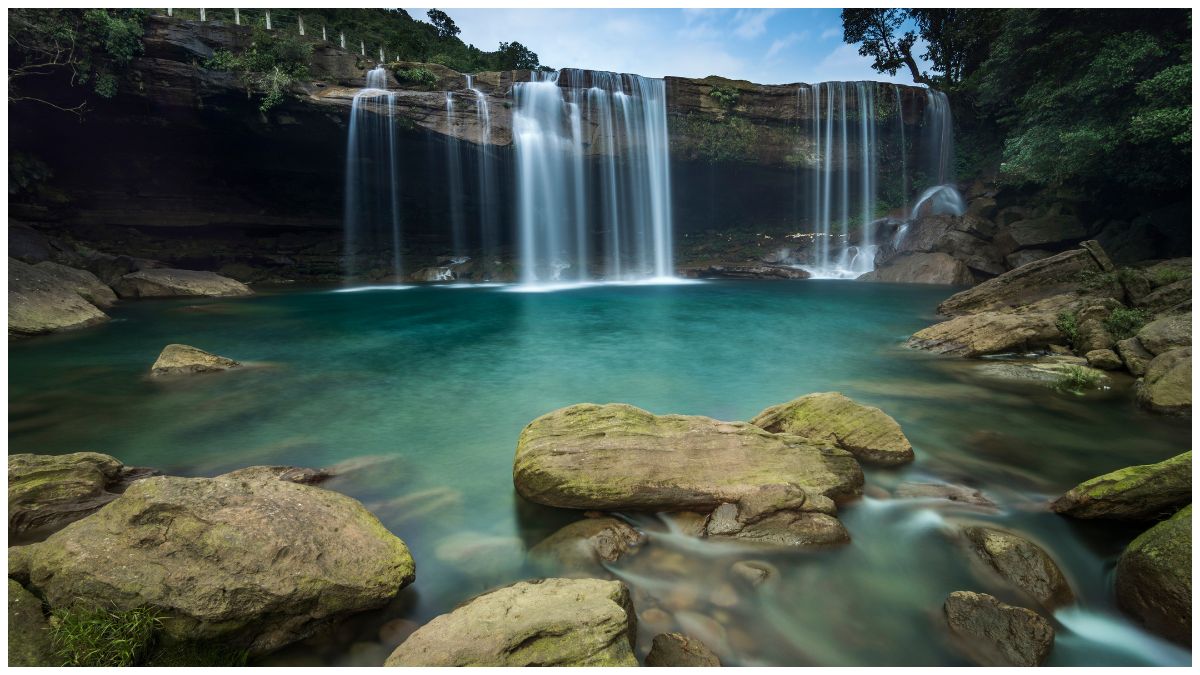13
Jul
Discovering the 8 Rainiest Places on Earth
Rainfall, a natural phenomenon that shapes landscapes, influences cultures, and supports ecosystems, is particularly abundant in certain parts of the world. Whether you’re a weather enthusiast, a nature lover, or a traveler seeking unique experiences, these eight rainiest places offer an opportunity to witness the wonders of copious rainfall firsthand.
- Mawsynram, Meghalaya, India
Topping the list is Mawsynram, located in the northeastern state of Meghalaya, India. Known for its lush green landscapes and cascading waterfalls, Mawsynram receives an astonishing annual rainfall of 467 inches making it the most rainiest place on Earth. The region experiences monsoon rains from June to September, which are crucial for agriculture and sustain the area’s rich biodiversity. - Cherrapunji, Meghalaya, India
Closely following Mawsynram is Cherrapunji, also in Meghalaya, with an annual rainfall of 463 inches. Like Mawsynram, Cherrapunji benefits from the southwest monsoon, which brings heavy rains to the region. Centuries of rainfall have shaped the terrain of Cherrapunji, carving deep gorges, forming limestone caves, and creating iconic living root bridges. - Tutendo, Colombia, South America
In South America, Tutendo in Colombia takes the third spot with an annual rainfall of 463 inches, the same as Cherrapunji. Tutendo’s rainforest environment thrives on consistent precipitation, supporting a diverse array of flora and fauna. - Bioko Island, Equatorial Guinea
Off the coast of West Africa, Bioko Island in Equatorial Guinea experiences an annual rainfall of 411 inches, making it one of the rainiest locations globally. The island’s tropical rainforest climate sustains unique biodiversity, including endemic species found nowhere else on Earth.

Indian Subcontinent has the most rainiest places on the Earth
- Debundscha, Cameroon
On the African continent, Debundscha in Cameroon receives approximately 405 inches of rainfall annually. Situated near Mount Cameroon, this region benefits from orographic lift, where moist air rises and cools, resulting in frequent and heavy rainfall throughout the year. - Big Bog, Maui, Hawaii
In the United States, Maui’s Big Bog claims a spot on this list with an annual rainfall of 404 inches. Located in the East Maui Watershed, this area is part of the Hawaiian Islands’ diverse ecosystem, where rainfall contributes to the island’s lush vegetation and unique landscapes. - Puu Kukui, Maui, Hawaii
Also on Maui, Puu Kukui ranks seventh with 386 inches of annual rainfall. This mountain peak in Hawaii is known for capturing moisture-laden clouds, supporting the island’s water supply and fostering a habitat for endemic species found in Hawaii. - Mount Waialeale, Kauai, Hawaii
On the island of Kauai, Mount Waialeale receives approximately 384 inches of annual rainfall, making it one of the rainiest spots in Hawaii and the world. The mountain’s summit is often shrouded in mist and clouds, contributing to its lush rainforest environment.






